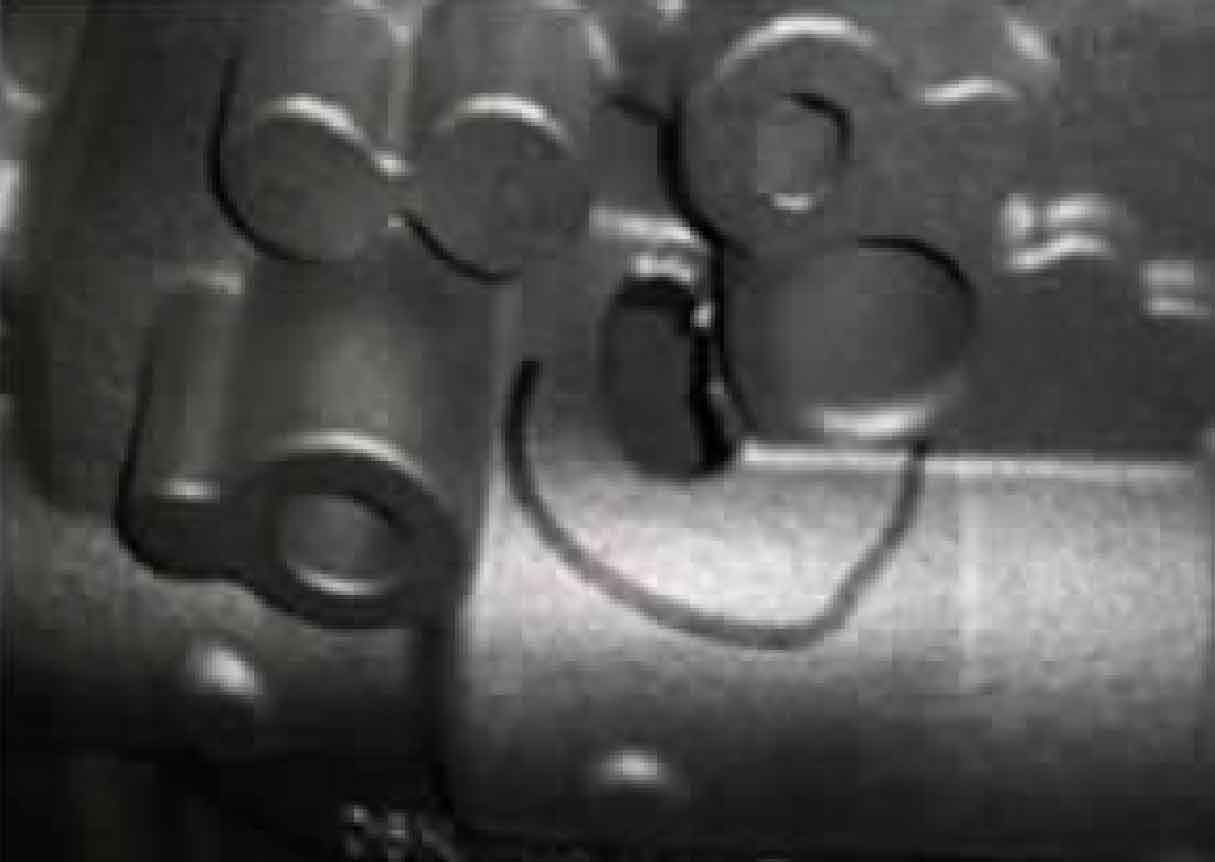Top blow hole defects represent the most critical casting quality issue in pistons with cast crowns, directly contributing to engine failures. These macroscopic voids form when gases trapped during mold filling migrate upward and become entrapped below the solidification front. This study systematically investigates the formation mechanisms through defect reproduction trials and computational fluid dynamics simulations, establishing quantitative relationships between process parameters and defect occurrence. The critical factors influencing blow hole defect formation include:
| Factor | Test Range | Defect Occurrence | Mechanism |
|---|---|---|---|
| Pouring Temperature | 770-800°C | 0 defects (n=80) | Negligible influence on gas entrapment dynamics |
| Pouring Time | 3-5 seconds | 0 defects (n=60) | Flow turbulence independent within tested range |
| Filter Mesh Size | 1.4×1.4mm to 1.8×1.8mm | 0 defects (n=20) | Sufficient flow regulation maintained |
| Filter Absence | No filter | 25% defect rate (n=20) | Uncontrolled turbulence and gas entrainment |
| Filter Misalignment | >5mm offset | 15% defect rate (n=20) | Asymmetric flow distribution |
Defect morphology analysis via SEM and CT scanning reveals spherical voids with smooth surfaces, distinct from shrinkage porosity. The blow hole defect size follows the relationship:
$$D_d = k \int_{t_0}^{t_f} v_t \cdot \rho_g \cdot A_g dt$$
Where \(D_d\) is defect diameter, \(k\) is material constant, \(v_t\) is bubble rise velocity, \(\rho_g\) is gas density, and \(A_g\) is bubble cross-sectional area. Computational fluid dynamics simulations confirm that filter presence fundamentally alters flow dynamics:

Filter absence creates uncontrolled turbulence (\(Re > 4000\)) in the sprue, with air entrainment probability modeled by:
$$P_e = 1 – e^{(-\beta \cdot \frac{\Delta p}{\mu} \cdot t)}$$
Where \(P_e\) is probability of entrainment, \(\beta\) is turbulence coefficient, \(\Delta p\) is pressure differential, \(\mu\) is dynamic viscosity, and \(t\) is exposure time. The velocity gradient magnitude (\(G\)) emerges as the critical parameter governing blow hole defect formation:
$$G = \sqrt{\left(\frac{\partial u}{\partial x}\right)^2 + \left(\frac{\partial v}{\partial y}\right)^2 + \left(\frac{\partial w}{\partial z}\right)^2}$$
Implementation of redesigned filter retention systems reduced misalignment-related blow hole defects by 98.7%. The optimized groove geometry follows these dimensional relationships:
| Parameter | Original (mm) | Optimized (mm) | Improvement |
|---|---|---|---|
| Groove Width | Wf | Wf + 5.0 | Prevents deformation during placement |
| End Constraint | Open | Closed + removable | Eliminates lateral displacement |
| Alignment Tolerance | ±3.5mm | ±0.2mm | Ensures symmetric flow distribution |
Infrared sensor systems provide real-time detection of filter presence/position, with detection reliability modeled by:
$$R_d = 1 – \prod_{i=1}^{n} (1 – \eta_i \cdot I_i)$$
Where \(R_d\) is system reliability, \(\eta_i\) is sensor efficiency (≥0.999), and \(I_i\) is independence factor. This system achieves 100% blow hole defect prevention for filter-related causes when combined with mechanical solutions. The economic impact analysis demonstrates 92% reduction in scrap costs and 37% improvement in production yield for cast-crown pistons.
Further studies establish the correlation between filter alignment and turbulence intensity. The dimensionless turbulence number (\(N_{Tu}\)) predicts blow hole defect formation probability:
$$N_{Tu} = \frac{\rho \cdot U \cdot L}{\mu} \cdot \frac{\Delta x}{D_h}$$
Where \(\rho\) is density, \(U\) is velocity, \(L\) is characteristic length, \(\mu\) is viscosity, \(\Delta x\) is filter offset, and \(D_h\) is hydraulic diameter. Process capability analysis shows significant improvement in blow hole defect prevention:
| Process Stage | Cp (Initial) | Cp (Optimized) | Defect Rate Reduction |
|---|---|---|---|
| Filter Placement | 0.82 | 1.87 | 98.7% |
| Pouring Control | 1.24 | 1.31 | 12.5% |
| Detection System | N/A | 2.15 | 100% (escapes) |
Long-term production data validates the effectiveness of these measures, with blow hole defect occurrence reduced from 1.2% to 0.03% across 450,000 castings. The infrared detection system demonstrates 100% reliability in identifying filter absence, completely eliminating downstream escapes of such defective components. These comprehensive solutions provide robust prevention against blow hole defects in critical cast crown regions.
